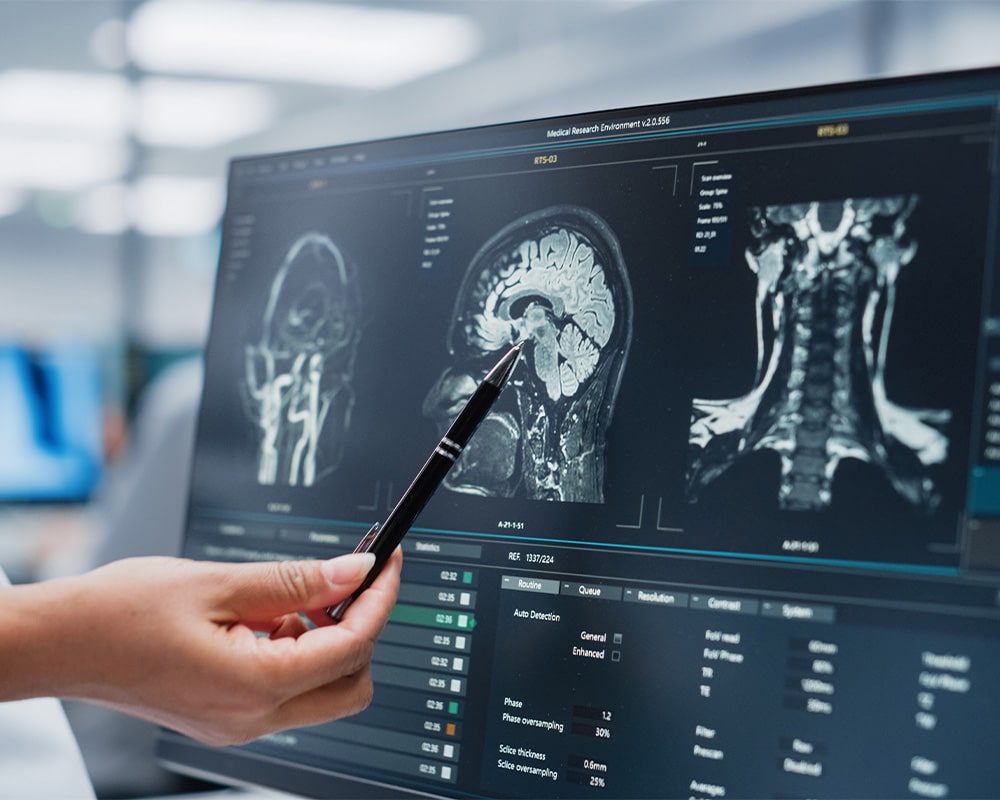Overview
The “translatability” of molecular imaging methodologies into the clinical setting allows for the development of biomarker-based companion diagnostics to support go/no-go decisions at early clinical phases. Perceptive’s combination of flexible, versatile and innovative preclinical work together with highly specialized clinical imaging experience provides the perfect toolbox for research programs interested in quickly advancing their products into the clinical setting.









